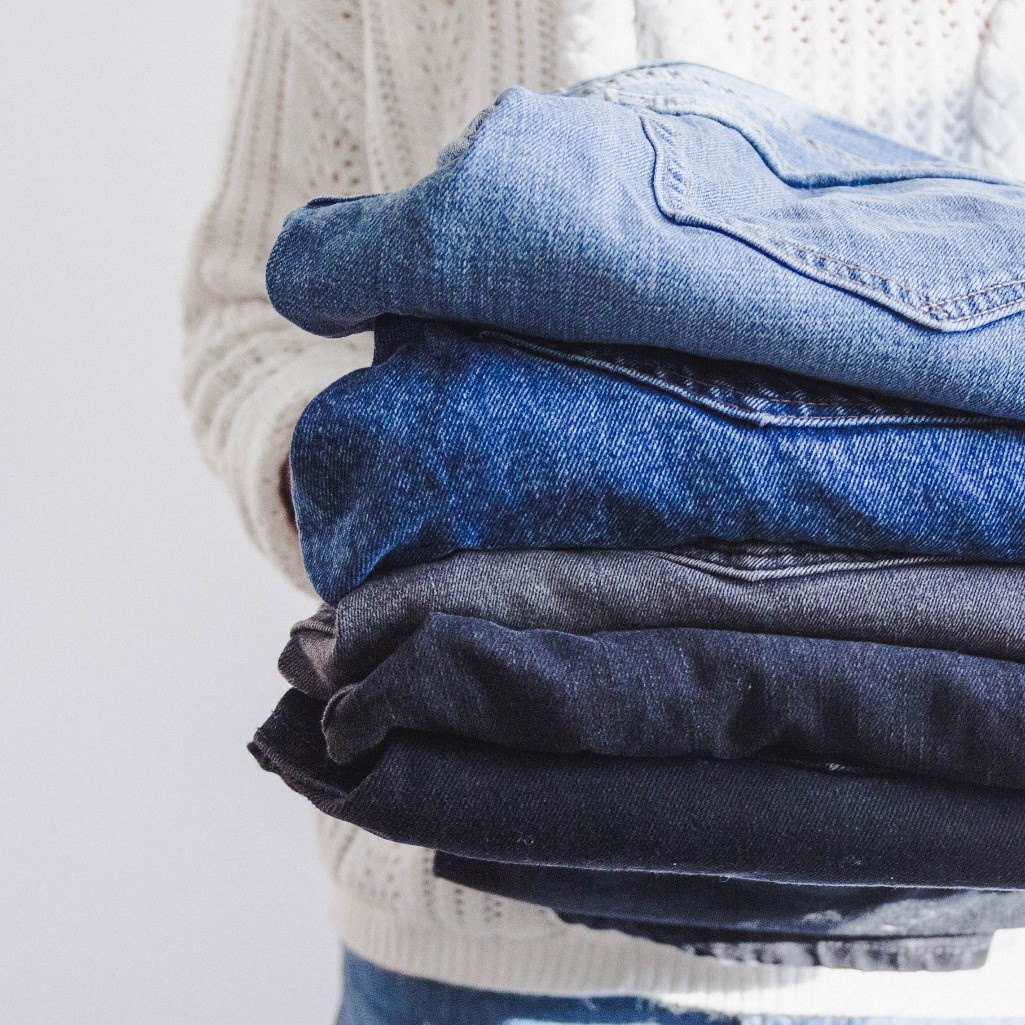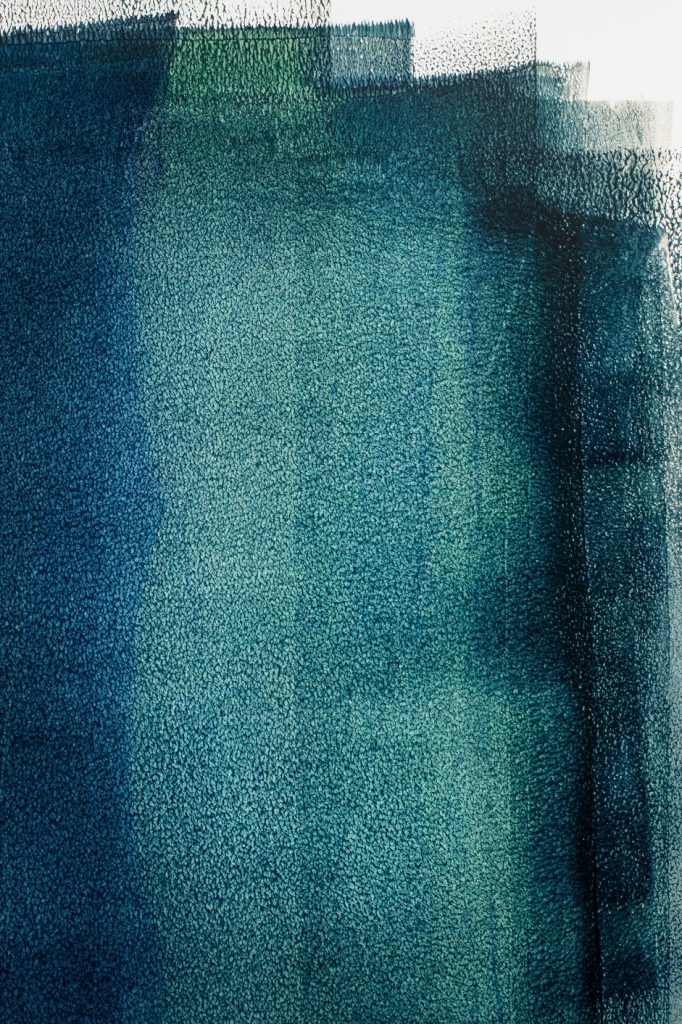Do You Know? Denim Fabric Manufacturing Process

Denim is a type of fabric made entirely of cotton fibers, though it is frequently combined with spandex and polyester. Twill weave is used to make denim. Denim cloth is used to make the items of Jeans. It’s popular because of its long-term usage, comfort, and style (have you heard of printed denims?!) Today, we are mostly aware of the history of denim materials. The majority of us are aware that it was widely utilized by sailors because of its durability and strength. At the same time, it was comfortable to wear and, more importantly, it could be worn without needing to be washed frequently, which was likely a large reason for its popularity among seafarers.

The denim production process begins with cotton and ends with denim fabric that passes quality inspection.
- Collection of Cotton
Cotton is grown in fields all over the world for the route. Denim fabric toughness is determined by the length of cotton fibers. The length of the fibers, however, varies from one bale to the next.
- Blending the Cotton
To guarantee constant quality, the layer scraped from each bale and brought into the mixer is mixed. All contaminants, including seeds and weeds, are filtered out here. After that, the pure blended cotton fibers are mixed together and poured into a thick rope known as a sliver. Cotton is now clean and consistent, but it is not particularly powerful.
- Spinning of Cotton
Six cotton slivers are stretched and merged to form a single sliver that is both strong and thinner. After that, the sliver is drawn and twisted into a sturdy thread. For stretch denim, elastase, a type of rubber, is twisted into the thread, resulting in a thread that can stretch. To prepare for dyeing, the threads are collected in big barrels.
- Dyeing or Coloring of Thread
The majority of jeans are dyed in the traditional blue indigo color. Indigo, which comes from the Indigo Ferrer plant, is one of the earliest colours used for textile dyeing. The threads are dipped in indigo dye in big tubs and hauled up in the air on large drums. The threads are dipped repeatedly until the cotton threads have an intense dark blue color when indigo reacts with oxygen. The color forms a protective layer around the thread. When worn, the thread is still white on the inside, giving denim its distinctive faded white look.
Natural indigo has now been supplanted by synthetic indigo dye, which has a higher dye bath exhaustion. As a result, there is less dye waste, making it more cost effective for the dyer. However, because numerous other chemicals such as dispersion, exhaustion, fixing, and sequestering agents are employed in the dye liquor, it reduces the eco-friendliness of the process.
- Weaving of Denim
Colored threads are woven into denim at this stage. You may notice the twill pattern of blue and white threads on your own pair of jeans if you look attentively. The warp, which is blue, is pushed up and down on the loom, while the weft, which is white, is fired back and forth over the full length of the loom to create the denim pattern.
Weaving is probably the easiest component of making denim, including printed fabrics. Denim fabrics are typically composed of 2/1 twills, while different twills are frequently employed. Denims with a simple weave are also available. The weave has been investigated to make harsh as well as soft fabrics with varied intensities of drape and limp, with a broader range of utilization of denims in women’ clothes, shirts and jackets, and even in home furnishings at times.
- Coating and Shrinkage of Denim
The cloth is softened and stretched to prevent twisting after it is made into jeans. To ensure that the jeans retain the same size after they’ve been sold, the denim is also heated and shrunk.
- Washing of Denim

Vat dyes are commonly used in denim. They wouldn’t bleed in water, even if it was quite hot. So, in addition to hot water, rubbing or abrasion is used. Pumice stones are frequently used for rubbing. Because vat dyes have no chemical link with the fiber, repeated rubbing at high temperatures can cause some dyes to bleed. Such preferential washing treatments can not only produce diverse aesthetic looks on the printed fabric, but they can also change the printed fabric’s feel into softer tones while also assisting in the development of the tough look that many consumers desire.
- Quality Control of Denim
Before the denim leaves the fabric mill, it is subjected to a rigorous quality control process in which any faults or color variations in the fabric are identified. From quality management systems to quality criteria and tests, quality management can be articulated in a variety of ways. Quality tests are necessary not only to ensure the product’s promised features, but also to assess consumer complaints and claims. Analyses of whether the reclaims are valid or not can be done by testing the products and comparing the test results to the reclaims. This test is given in both printed and unprinted fabrics.
Denim fabric currently comes in far too many types to list, and it has been blended with a plethora of other fabric and weave designs as designers raced to establish the latest denim fashion trends. There are also printed denim fabric available in the market. Check out Create Fabrics, for printed fabrics. They are a wholesale fabric supplier based in UK, with affordable and authentic fabric products. Denim’s popularity continues to grow around the world, and it’s likely that this weave will continue to be produced as long as cotton remains a popular textile.
Hopefully, after reading this, you have a better understanding of what denim is and how it is created.








